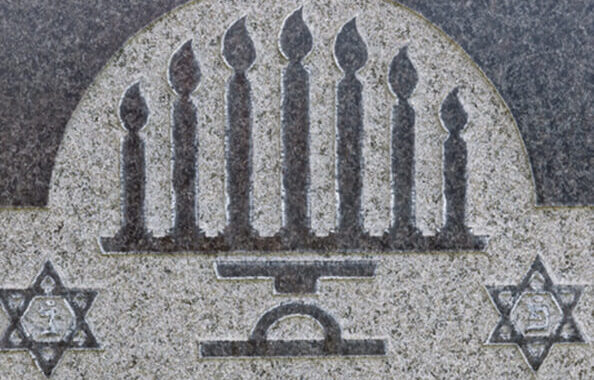Jewish cemeteries are hallowed grounds that serve as a testament to the enduring legacy of a rich and vibrant cultural heritage. Among the rows of Jewish headstones, or tombstones, lies a world of intricate symbolism that offers insights into the beliefs, values, and traditions of the Jewish community. In this exploration, we delve into the captivating realm of Jewish headstone design and monuments, uncovering the profound meanings behind the symbols that adorn these sacred memorials.
1. The Star of David: Anchoring Identity and Faith
At the heart of Jewish headstone design often lies the Star of David, an iconic emblem known in Hebrew as the “Magen David.” Comprising two interlocking triangles, this symbol encapsulates unity and balance. Its presence on a tombstone speaks to the unbreakable bond between the individual and their Jewish identity, grounding their earthly journey in faith and heritage. The Star of David signifies the harmonious alignment of the earthly and divine realms, a concept deeply rooted in Jewish theology.
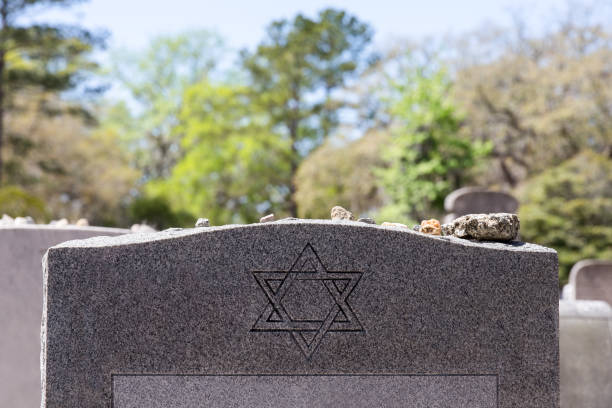
2. Hebrew Inscriptions: Preserving Legacy in Sacred Letters
Hebrew, the sacred language of Jewish scriptures and prayers, graces many Jewish headstones with inscriptions that carry profound meaning. These inscriptions often include the name of the departed, dates of birth and passing, and sometimes excerpts from scripture or personalized messages. Such inscriptions serve as a bridge between the living and the deceased, honoring the person’s memory while reinforcing the significance of Jewish tradition and knowledge.

3. Cohen’s Hands: Blessings of the Priestly Lineage
The hands of a Cohen, or a descendant of the priestly caste, are a recurring motif on Jewish tombstones. This design element pays homage to the priestly lineage traced back to Aaron, brother of Moses. These hands are depicted with outstretched fingers in a gesture of blessing, symbolizing the priest’s role as a conduit for divine favor. A Cohen’s hands on a headstone evoke the ancestral blessings that the departed carries with them into the eternal realm.

4. Menorah: Illuminating Spiritual Continuity
A symbol deeply rooted in Jewish history and tradition, the Menorah graces headstones as a beacon of spiritual light. The seven-branched candelabrum, inspired by the biblical account of Exodus, signifies the eternal presence of the divine. When depicted on a tombstone, the Menorah illuminates the soul’s journey beyond earthly confines, casting a radiant glow on the path to spiritual enlightenment.

5. Gates and Doors: Crossing to the Eternal Realm
Jewish headstones often feature artistic renditions of gates or doors, symbolizing the transition from mortal life to the afterlife. These gates represent the passage between realms, a journey from the temporal to the eternal. Through these gates, the departed embark on a new phase of existence, leaving behind the constraints of the physical world.
6. Lions: Strength and Protection
Depictions of lions on Jewish headstones pay tribute to the qualities of strength, courage, and protection. These attributes are reminiscent of the tribe of Judah, symbolized by the lion in biblical narratives. A lion on a tombstone serves as a testament to the individual’s resilience and fortitude in the face of life’s challenges, inspiring future generations to face adversity with unwavering courage.
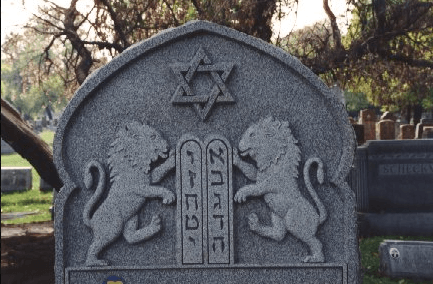
7. Books and Scrolls: Lifelong Pursuit of Wisdom
Jewish culture’s profound reverence for learning and knowledge is beautifully represented through depictions of books, scrolls, or open pages on headstones. These symbols encapsulate a life devoted to the pursuit of wisdom and intellectual growth, reflecting the ongoing commitment to the study of Jewish texts and teachings.
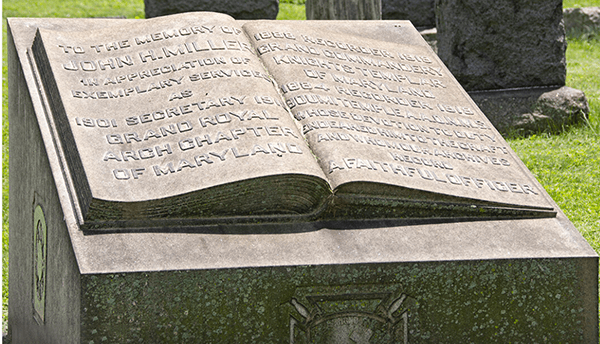
8. Broken Column: A Life Interrupted
The image of a broken column is a poignant symbol found on some Jewish headstones, particularly those of individuals who passed away prematurely. This symbolizes a life tragically cut short, serving as a poignant reminder of the fragility of human existence and the impermanence of life’s journey.
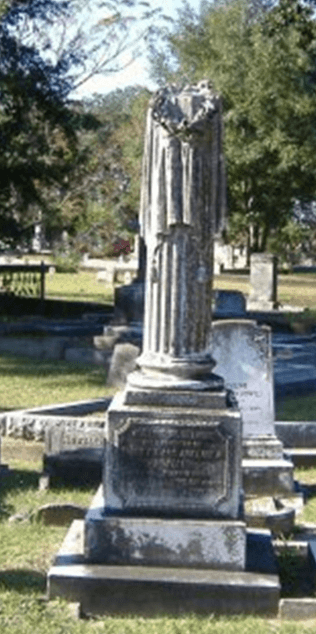
9. Peacock: Hope for Resurrection
In Jewish tradition, the peacock is associated with the concept of resurrection and renewal. The peacock’s ability to shed and regrow its feathers is likened to the rebirth of the soul after death. When portrayed on a headstone, the peacock symbolizes the enduring hope for spiritual rejuvenation and the continuation of the soul’s voyage.
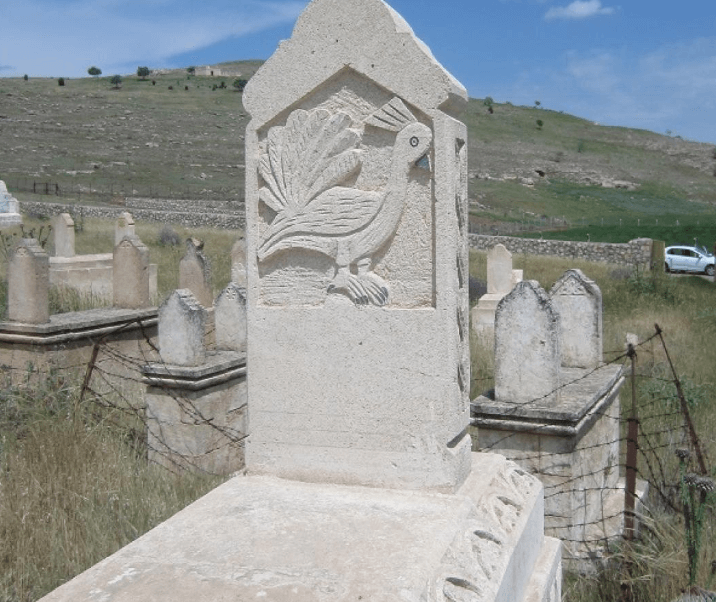
Conclusion
Jewish headstone design and monuments are a window into a world of profound symbolism, encapsulating the core values, beliefs, and traditions of the Jewish community. These intricate symbols serve as a bridge between the realms of the living and the departed, nurturing a connection that spans generations. As we decode the meaning behind each emblem, we unearth a rich tapestry of heritage, offering us a deeper appreciation for the timeless legacy etched into these sacred memorials.
Similar articles:
Is marble good for gravestones?
Do bronze headstones last?
What is a memorial vase?
How much is average headstone UK?
What are the words of dedication for a plaque?

